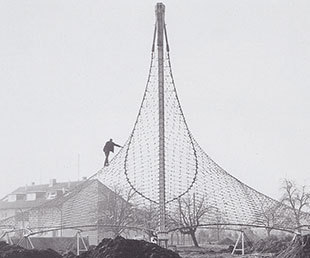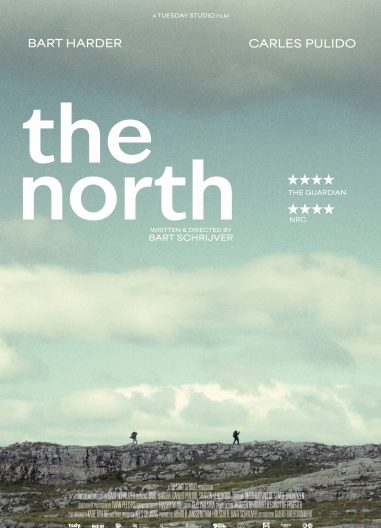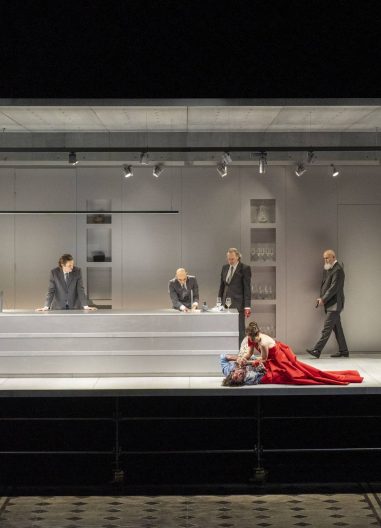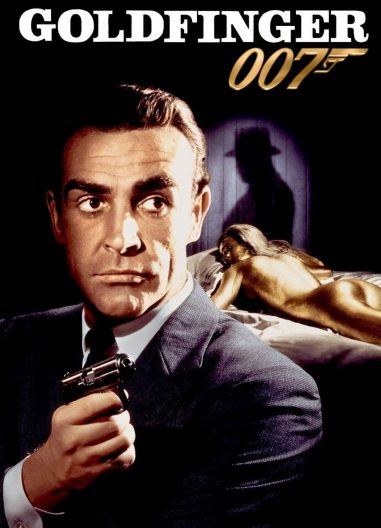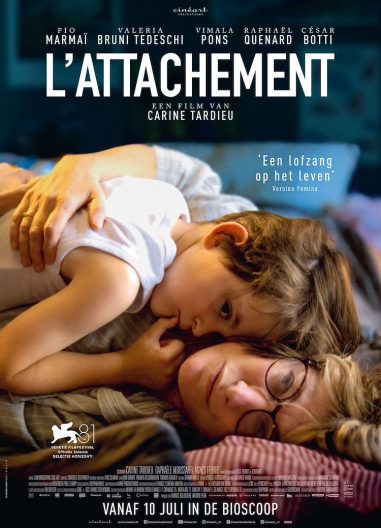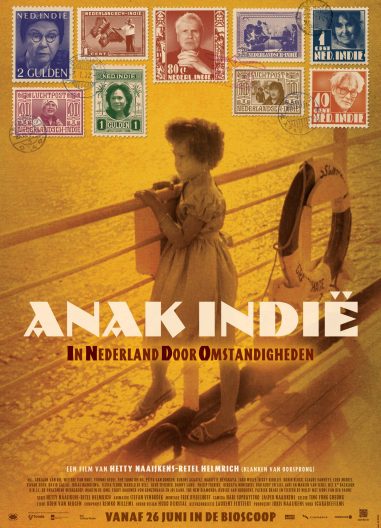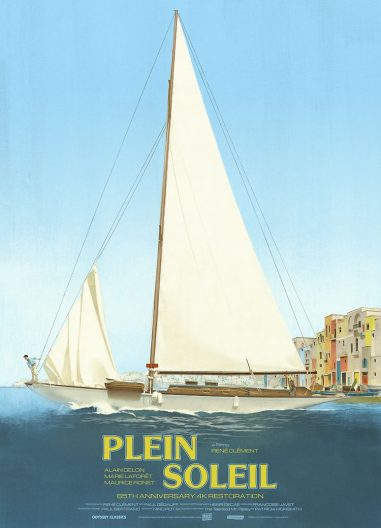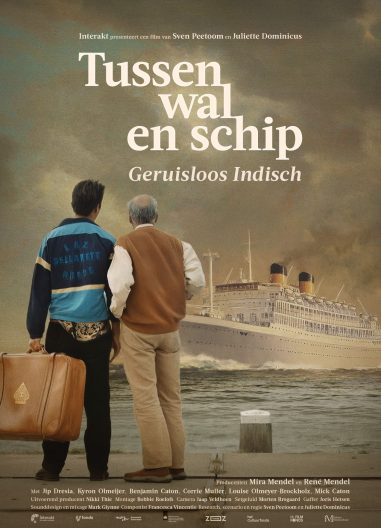Frei Otto, Spanning the Future
Een ode aan de architect die begin 2015 overleed, twee weken voordat hij de Pritzker prijs in ontvangst zou nemen. Architect en ingenieur Otto werd in één klap wereldberoemd met zijn pionierswerk in lichte tentconstructies, onder andere dat van het 1972 Olympisch stadion in München.
Zijn doel was om architectuur in harmonie met de natuur te brengen en alle details moesten daartoe in kloppen met de universele natuurwetten. Otto was een van de eerste duurzame architecten, een uitvinder, vormgever, samenwerker, humanist en milieuactivist.
De film toont Otto en zijn werk, maar ook de vele architecten die beïnvloed zijn door Otto, zoals Zaha Hadid en Norman Foster.
Korte film:
===The Olympic Village Berlin===
De Berlijnse Olympische Spelen in 1936 heeft een onuitwisbare indruk achtergelaten, het dorp is er nog steeds en is inmiddels een favoriete plek voor urban explorers.
An ode to the architect who died in early 2015, two weeks before he was to receive the Pritzker Prize. Architect and engineer Otto became world famous overnight with his pioneering work on lightweight tent structures, among them the 1972 Olympic Stadium in Munich.
His aim was to create harmony between architecture and nature, and every detail had to correspond with the universal laws of nature. Otto was one of the first sustainable architects, an inventor, designer, collaborator, humanist and environmental activist.
The film presents Otto and his work, as well as the many architects he influenced, among them Zaha Hadid and Norman Foster.
Short:
===The Olympic Village Berlin===
The 1936 Olympic Games in Berlin left an indelible impression. The village is still there and has become a favourite haunt of urban explorers.
Kies tijdstip
- filmspecial
Een ode aan de architect die begin 2015 overleed, twee weken voordat hij de Pritzker prijs in ontvangst zou nemen. Architect en ingenieur Otto werd in één klap wereldberoemd met zijn pionierswerk in lichte tentconstructies, onder andere dat van het 1972 Olympisch stadion in München.
Zijn doel was om architectuur in harmonie met de natuur te brengen en alle details moesten daartoe in kloppen met de universele natuurwetten. Otto was een van de eerste duurzame architecten, een uitvinder, vormgever, samenwerker, humanist en milieuactivist.
De film toont Otto en zijn werk, maar ook de vele architecten die beïnvloed zijn door Otto, zoals Zaha Hadid en Norman Foster.
Korte film:
===The Olympic Village Berlin===
De Berlijnse Olympische Spelen in 1936 heeft een onuitwisbare indruk achtergelaten, het dorp is er nog steeds en is inmiddels een favoriete plek voor urban explorers.
An ode to the architect who died in early 2015, two weeks before he was to receive the Pritzker Prize. Architect and engineer Otto became world famous overnight with his pioneering work on lightweight tent structures, among them the 1972 Olympic Stadium in Munich.
His aim was to create harmony between architecture and nature, and every detail had to correspond with the universal laws of nature. Otto was one of the first sustainable architects, an inventor, designer, collaborator, humanist and environmental activist.
The film presents Otto and his work, as well as the many architects he influenced, among them Zaha Hadid and Norman Foster.
Short:
===The Olympic Village Berlin===
The 1936 Olympic Games in Berlin left an indelible impression. The village is still there and has become a favourite haunt of urban explorers.
